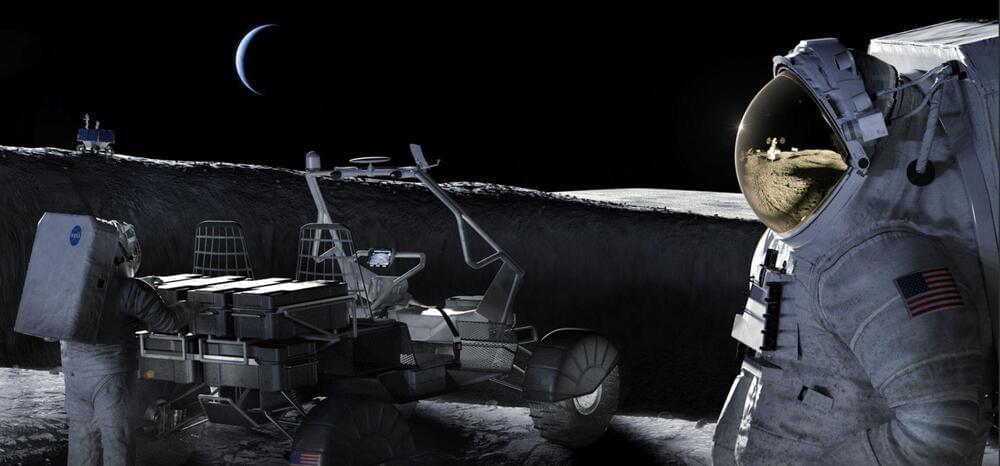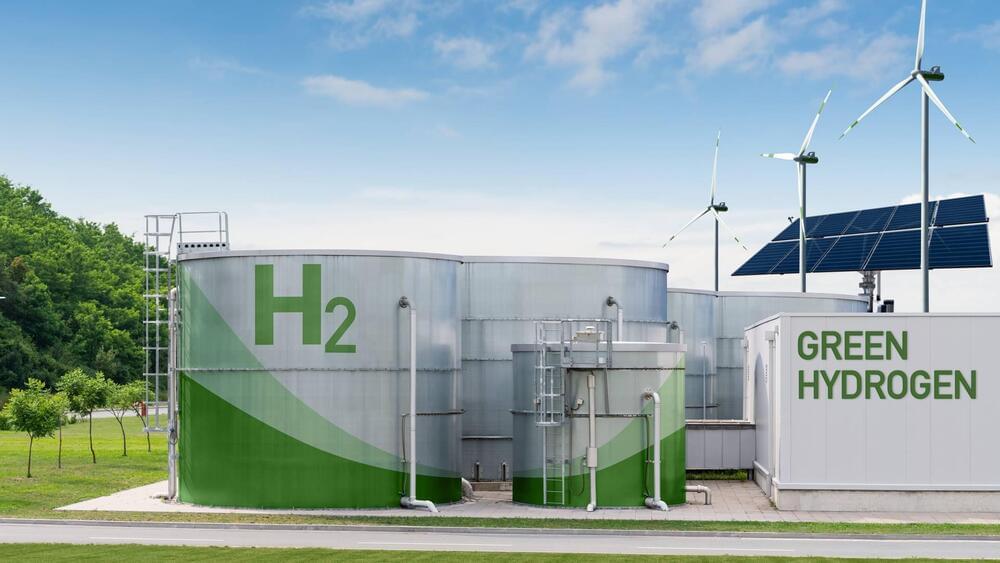Technical and schedule risks threaten NASA’s Artemis III mission.
NASA
The Human Landing System is “exceptionally optimistic”


Now you can sit back and relax in your easy chair as your garden is weeded.
Ekobot.
As anyone who has tended to a garden knows, weeding is time-consuming and energy-draining. Scale it up to a farm, and it becomes a logistical nightmare. Traditional herbicides, though efficient, pose potential threats to people, animals, and the environment.
Receiving the FAA’s Airworthiness Certification is not just a milestone for our company, but a leap forward for the entire field of personal air mobility.
Doroni Aerospace.
This achievement propels Doroni Aerospace into a leadership position in personal air transportation, marking a significant leap forward for electric flying cars. The H1 had performed its first piloted flight earlier this year.

With a hydrogen production rate of 139 millimoles per hour and per gram of catalyst, the material holds the world record for green hydrogen production with sunlight.
Scharfsinn86/iStock.
Professor Emiliano Cortés, a leading figure in experimental physics and energy conversion at LMU, and Dr. Matías Herrán, a postdoc researcher at the Fritz Haber Institute of the Max Planck Society, delved into the intricate world of nanotechnology to develop high-performance nanostructures that could revolutionize solar energy utilization.


A trove of arboreal fossils pushes back the origin of modern forests and sophisticated tree roots.
Elon Musk discusses the progress and challenges of Tesla’s full self-driving technology, expressing less optimism about its timeline but recognizing its potential value and impact on the future of transportation.
Questions to spark discussion.
What is the status of Tesla’s full self-driving technology?
—Elon Musk expects a delay in the release of the new version of Full Self Driving, but believes it will learn dramatically faster.

Panelists include Albert Marinez, chief analytics officer at the Cleveland Clinic; Tatyana Fedotova, director, global data, platforms and partnerships, at Johnson & Johnson; and Christopher Larkin, chief technology officer at Concord Technologies.
Panelists will reveal the most critical questions to ask and decisions to be made at each phase of the AI journey, from build versus buy and tool selection to ensuring AI investments are targeted for maximum impact, and much more.

More stable clocks could measure quantum phenomena, including the presence of dark matter.
A new MIT study finds that even if all noise from the outside world is eliminated, the stability of clocks, laser beams, and other oscillators would still be vulnerable to quantum mechanical effects.
Clocks, lasers, and other oscillators could be tuned to super-quantum precision, allowing researchers to track infinitesimally small differences in time, according to a new MIT study.